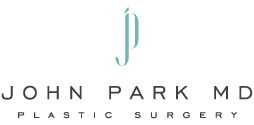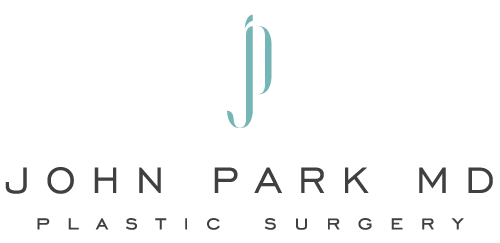
28 Dec Breast Augmentation Abroad: The Dangers Of Plastic Surgery Tourism
The Rise Of Plastic Surgery Tourism
Traveling to another country to receive medical treatment, or medical tourism, is a popular concept. Around 14-16 million people worldwide travel abroad yearly for the primary purpose of seeking healthcare. Dental and plastic surgery tourism are two common reasons people seek out care abroad. People going to another country for a breast augmentation should understand the possible dangers of doing so.
Are there benefits to medical tourism?
Many factors have contributed to the growth of medical tourism. Cost is the most significant appeal since medical care in the United States can be expensive. Patients often save money even when accounting for flights and accommodations. Additionally, medical tourism can reduce wait times if there is a shortage of doctors in the home country. Some developing countries have robust healthcare systems and can perform high-quality procedures. However, there are significant risks associated with traveling abroad for surgery.
Beware of complications
Complications following cosmetic surgery are not uncommon. Side effects of breast augmentation include infection, bleeding, capsular contracture, and implant rupture. In severe cases, poor surgical procedures can lead to death. In developing countries, the chances of complications increase significantly as these procedures are not regulated. In the US, the Food and Drug Administration (FDA) restricts who can sell implants and perform surgeries with approved implants based on qualitative studies. The limits are for patient safety. However, some patients fall for marketing ploys or scams at poor-quality surgical centers abroad, increasing the risk of complications and death.
What about quality of care?
There are also different quality standards in foreign facilities. Plastic surgeons in America must uphold hygiene, performance, and care standards. These surgeons undergo board certifications to ensure patients receive proper, high-quality procedures. At foreign facilities, unsanitary conditions can present a risk. Furthermore, incorrect surgeries are more common due to provider inexperience, decreasing satisfaction rates, and requiring surgical revision. In addition, patients may not receive the same level of care. For example, some facilities perform breast augmentation without professional guidance from an adequately-trained surgeon familiar with the patient’s medical history.
Recovery and recourse
After breast augmentation, doctors advise patients not to participate in strenuous activity for at least 2 weeks. A detailed recovery plan includes medication use, wound care, and rest. Patients who travel home immediately after surgery risk developing dangerous blood clots. Infections can also lead to complications that require the removal of the implant. If complications occur, patients or families may not have recourse to the facility or have to depend on insurance at home.
Safety at home
While plastic surgery procedures may seem cheaper abroad, breast augmentation at home is still safer in the long run. Facilities are required to perform operations with the patient’s health in mind. As a result, there are fewer complications, faster recovery, and high-quality care from board-certified plastic surgeons. The surgeon will be accessible throughout the lifespan of the implants and can recommend changes along the way, as needed. The patient can also avoid a procedure from an inexperienced or unqualified facility. The cost of a safe breast augmentation surgery is priceless.



